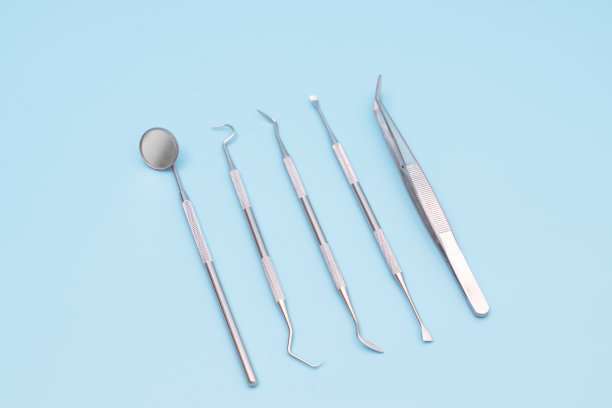The Complete Guide to Safely Extracting a Tooth for Optimal Dental Health and Recovery Tips
Summary: This comprehensive guide outlines essential steps for safely extracting a tooth to promote optimal dental health. It emphasizes preparation, the extraction procedure, post-operative care, and when to seek professional help. By following these guidelines, individuals can ensure a smoother recovery and mitigate the risk of complications. The article serves as a valuable resource for those considering tooth extraction, offering insights that prioritize both safety and aftercare. With a focus on practical tips and professional advice, this guide aims to empower readers to take informed steps towards better dental health during the extraction process.
1. Preparation for Tooth Extraction Process

Before undergoing a tooth extraction, preparation is crucial for a safe and effective procedure. First, consult a dentist to assess the necessity of the extraction and discuss potential risks and benefits. This professional evaluation ensures that you understand the reasons behind the extraction and whether it’s the best course of action for your dental health.
Next, inform your dentist of any medical conditions or medications you are currently taking. This information can influence how the procedure is performed and the type of anesthesia used. Conditions such as diabetes or blood disorders may require additional precautions.
Finally, consider arranging transportation for the day of the procedure. If sedation is involved, you will need someone to assist you in getting home, as the effects may linger for a few hours post-extraction. Planning these details ahead of time can minimize stress on the day of your procedure.
2. Understanding the Tooth Extraction Procedure
The tooth extraction procedure typically begins with anesthesia to ensure comfort during the process. Depending on the complexity of the extraction and the tooth’s condition, local anesthesia, sedation, or general anesthesia may be administered. This decision will be based on professional advice from your dentist.
Once anesthesia has taken effect, your dentist will proceed to remove the tooth. For straightforward extractions, the dentist will gently rock the tooth back and forth to loosen it from the socket. However, surgical extractions may involve incisions in the gum tissue and, in some cases, removal of bone surrounding the tooth.
Throughout the procedure, the dentist will monitor your vital signs and comfort levels. It’s a good practice to communicate any discomfort or concerns during the extraction so that adjustments can be made. Understanding this process can ease anxiety and prepare you for what to expect during your tooth removal.
3. Post-Extraction Care for Faster Recovery
Following a tooth extraction, adhering to post-operative care instructions is essential for optimal recovery. Within the first few hours, avoid rinsing your mouth or touching the extraction site to allow for the initial clot to form properly. This clot is a crucial part of the healing process, as it protects the bone and nerves underneath.
Ice packs applied externally can help reduce swelling within the first couple of days. Alternate between 15 minutes of icing and 15 minutes of rest to manage inflammation effectively. Alongside icing, over-the-counter pain medications may be recommended to control discomfort and make the early recovery period more manageable.
Hydration and nutrition are also vital during recovery. Drink plenty of fluids, but avoid straws, as sucking can dislodge the clot. Stick to soft foods for the first few days and gradually reintroduce regular foods as healing occurs. Following these guidelines can significantly speed up recovery and promote healthy healing.
4. When to Seek Professional Help After Extraction
Despite following all recommendations, complications can arise, necessitating a follow-up with your dentist. If you experience severe pain that escalates instead of improves or notice any pus or unusual swelling around the site, these could be signs of infection that need immediate attention.
Another critical sign is prolonged bleeding that persists longer than a couple of hours post-extraction. While some bleeding is normal, excessive bleeding requires professional evaluation to rule out underlying issues.
Finally, if you develop a fever or experience difficulty swallowing or breathing, seek emergency assistance right away. Being aware of these warning signs can protect your health and ensure that any complications are addressed promptly.
Summary: Safely extracting a tooth involves thorough preparation, understanding the extraction procedure, and adhering to post-operative care guidelines. Recognizing when to seek professional help is equally vital for a smooth recovery. By following these structured steps, individuals can enhance their dental health and ensure a safer tooth extraction experience.
This article is compiled by Vickong Dental and the content is for reference only.



